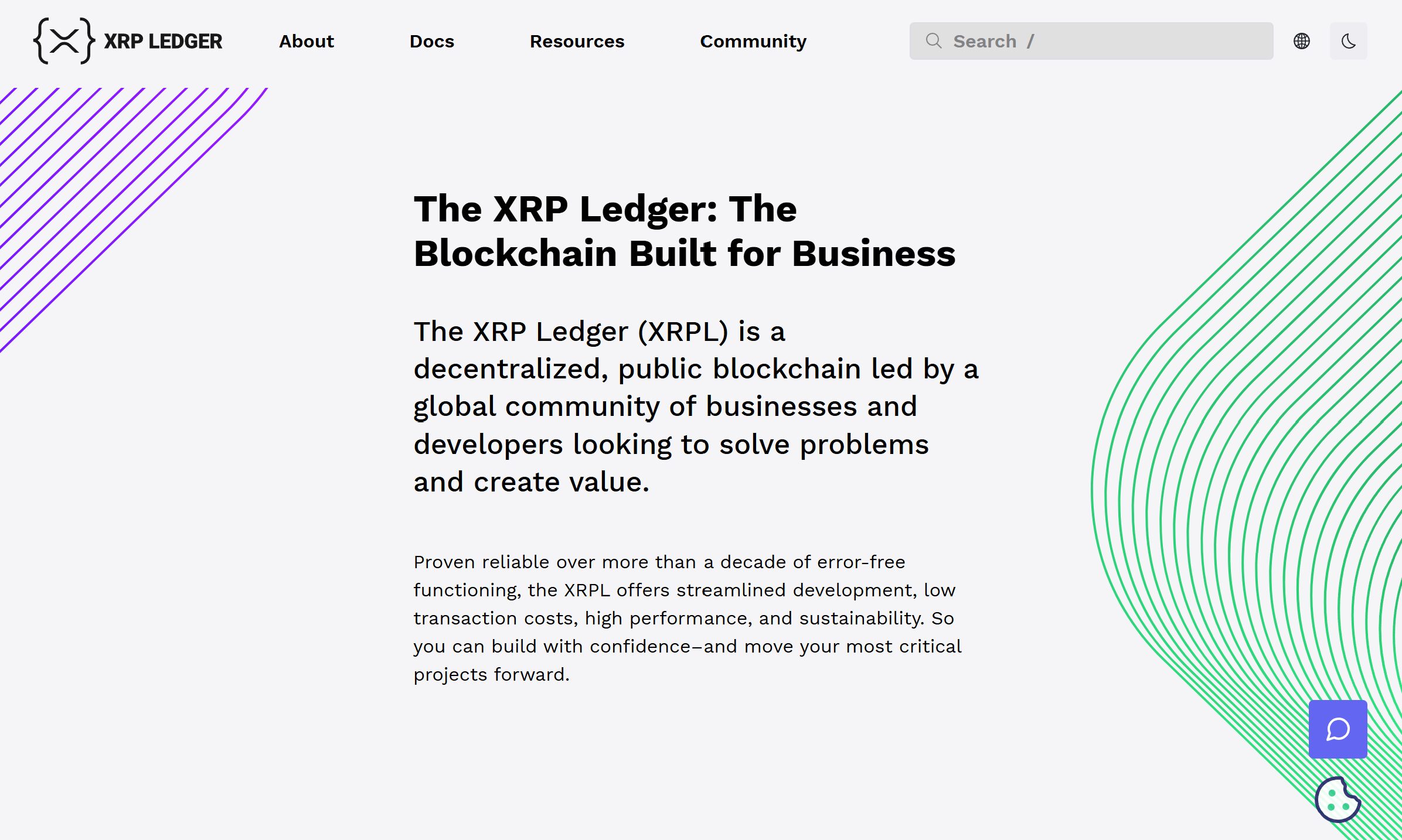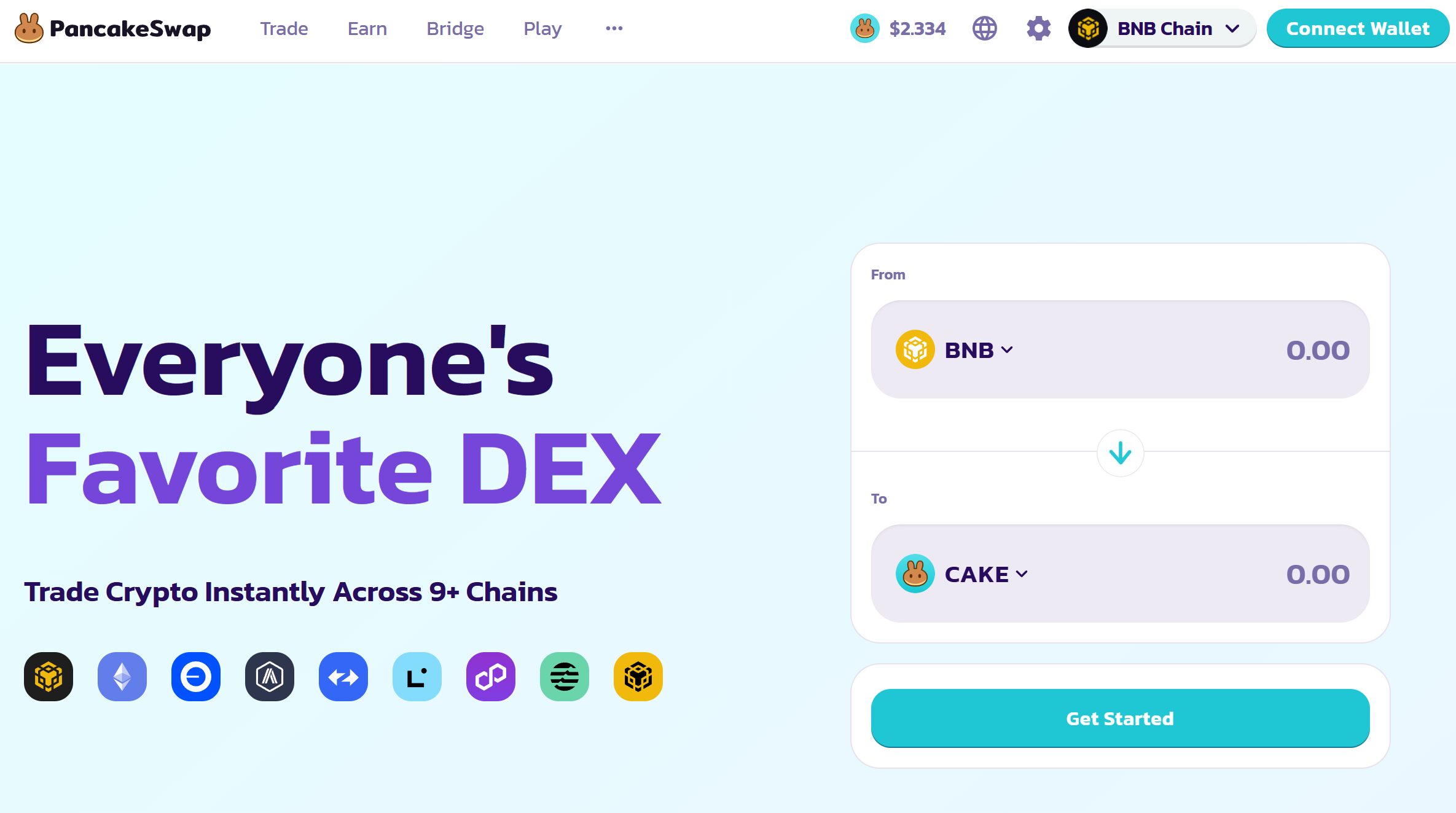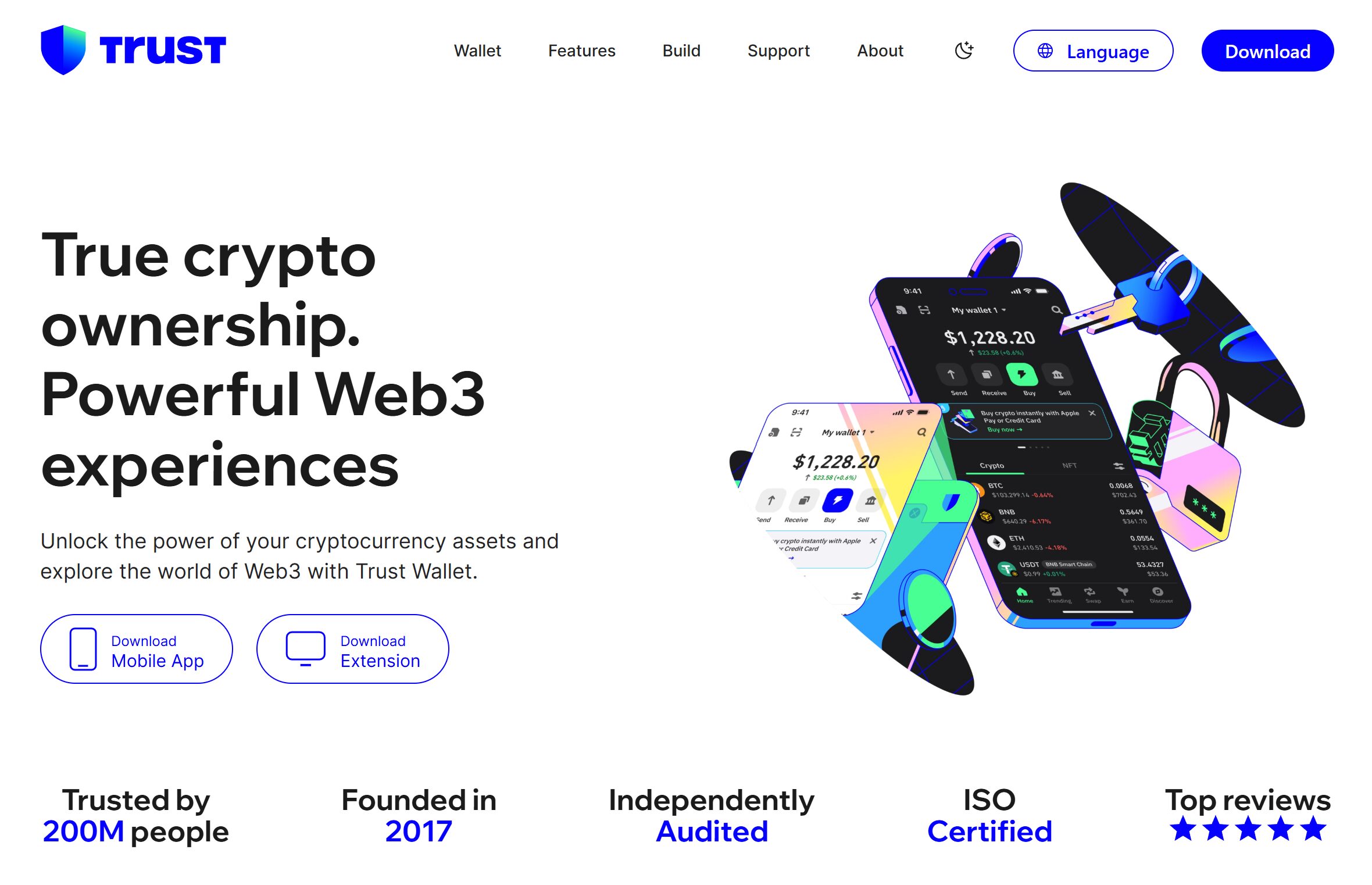XRP, created by Ripple Labs in 2012, is known for its super-fast, low-cost transactions, but it’s got a unique twist that sets it apart from coins like Bitcoin. If you’re wondering whether you can mine XRP or how to earn it, we’re here to clear things up. This article dives into why XRP can’t be mined, explores legit ways to score some, like buying or liquid mining, and warns you about scams.
What Is Ripple (XRP)?
Ripple, often referred to as XRP, is a digital cryptocurrency designed to make fast, low-cost international payments. It was created in 2012 by Ripple Labs. This is a technology company focused on improving global financial transactions.
XRP operates on the XRP Ledger, a decentralized blockchain-like system built for speed and efficiency. The XRP Ledger processes transactions in 3-5 seconds, much faster than Bitcoin or traditional banking systems, and transaction fees are typically a fraction of a cent.
Ripple aims to serve banks, financial institutions, and payment providers by offering a reliable way to transfer money across borders. For example, XRP can act as a bridge currency, allowing a payment sent in one currency to be received in another almost instantly.
You can read our in-depth guide on what XRP (Ripple) is.

Can XRP Be Mined?
You cannot mine XRP in the traditional sense. Compared to Bitcoin or Ethereum, which use proof-of-work or proof-of-stake systems where miners or stakers validate transactions to earn rewards, XRP operates differently.
When Ripple was launched in 2012, all 100 billion XRP tokens were created at once, a process called pre-mining. This means no new XRP can be generated through mining. Instead, transactions on the XRP Ledger are validated by a network of trusted servers called validators, which use the Ripple Protocol Consensus Algorithm (RPCA).
Since Ripple Labs pre-mined XRP, you can only get it by buying it on crypto exchanges, receiving it via airdrops, or earning it through reward programs.
Is XRP Mining Profitable?
Since Ripple’s token isn’t mineable, the question of profitability applies to indirect methods, such as mining other cryptocurrencies and converting the rewards to XRP.
The profitability of this approach depends on several factors: the cost of electricity, the efficiency of your mining hardware, the cryptocurrency you choose to mine, and market conditions.
How Does Ripple Mining Work?
Since XRP cannot be mined, there is no such thing as Ripple mining in the traditional sense. Instead, the XRP Ledger relies on its consensus mechanism, the Ripple Protocol Consensus Algorithm (RPCA).
Here’s how it works: banks, individuals, and other entities can run independent validators, which confirm transactions by agreeing on their validity and order. This process does not involve solving complex mathematical puzzles like Bitcoin’s proof-of-work system, making it faster and more energy-efficient. Each transaction destroys a tiny amount of XRP (about 0.00001 units) as a fee, which helps prevent spam on the network and gradually reduces the total XRP supply.
What Do You Need to Start Mine XRP?
Mining Ripple’s native coin isn’t possible due to it is a pre-mined cryptocurrency, but you can participate in liquid mining.
- Stable Internet Connection: A reliable internet connection is essential to interact with a decentralized exchange (DEX) and manage transactions.
- XRP Wallet: You need a wallet compatible with the XRP Ledger, such as Xumm or Ledger Nano X, to securely store and manage XRP and other assets for liquidity pools. The wallet must be activated with a minimum of 10 XRP for the XRP Ledger.
- Computer or Server: A computer or server is required to access the DEX platform, manage your wallet, and monitor liquidity pool performance. It should have a modern browser or software compatible with the chosen DEX.
Solo Ripple Mining vs. Ripple Pool Mining: Key Differences
Since XRP cannot be mined directly due to its pre-mined nature, the concept of solo mining or pool mining applies only to indirectly acquiring XRP by mining other cryptocurrencies (e.g., Bitcoin or Ethereum) and converting the rewards to XRP.
| Aspect | Solo Mining | Pool Mining |
| Definition | Mining a cryptocurrency alone using your own hardware to earn full block rewards | Joining a group of miners to combine computing power and share block rewards |
| Reward Structure | Keep 100% of the block reward if successful, but rewards are rare | Rewards are split among pool members based on the contributed computing power |
| Consistency | Highly unpredictable; you may go months without rewards due to high difficulty | More consistent payouts, as pools find blocks more frequently |
| Costs | High hardware and electricity costs; no pool fees | Less hardware and electricity costs, plus pool fees (typically 1-3%) |
| Hardware Requirements | Requires powerful, specialized hardware (e.g., ASICs) to compete effectively | Less powerful hardware can be used, as collective power increases the chances |
How To Mine XRP: Step-by-Step Process
You can not traditionally mine XRP, but you can still earn tokens through liquidity mining. Liquid mining, also known as liquidity mining, is a method to earn XRP by providing liquidity to decentralized exchanges (DEXs).
Step 1: Choose a Decentralised Exchange (DEX)
The first step is to select a reputable decentralized exchange that supports XRP liquidity pools. Not all DEXs offer XRP trading pairs, so you need to research carefully. Popular DEXs that may support XRP include Uniswap, PancakeSwap, or the XRP Ledger’s native decentralized exchange (XRPL DEX).


Step 2: Set Up A Wallet
Next, you need a cryptocurrency wallet compatible with the chosen DEX to store and manage your XRP and other assets. For XRP, choose a wallet that supports the XRP Ledger, such as Xaman Wallet (formerly Xumm), Trust Wallet, or a hardware wallet like Ledger Nano X or Trezor for added security.
Step 3: Deposit Funds
Once your wallet is set up, you need to deposit funds into a liquidity pool on the DEX. Liquidity pools require you to provide two cryptocurrencies in a trading pair, such as XRP and a stablecoin like USDT or another asset like Ethereum. The ratio of the two assets depends on the pool’s requirements, often a 50:50 value split.
Step 4: Start Mining
With your funds deposited, you are now liquid mining. Your assets in the liquidity pool facilitate trades on the DEX, and you earn a portion of the transaction fees generated by those trades. For example, if the pool charges a 0.3% fee per trade, you receive a share proportional to your contribution.
How To Earn Free XRP?
You can earn free XRP through alternative methods. One way is by participating in airdrops, where projects offer giveaways to attract new users; check trusted sites like CoinMarketCap for legitimate airdrops. Another option is using crypto faucets, which reward small for completing tasks like surveys or watching ads, though payouts are minimal.
You can also join referral programs on exchanges like Binance or Coinbase, earning XRP by inviting others to sign up and trade. Others offer rewards for XRP staking or providing liquidity in decentralized exchange (DEX) pools, such as the XRP Ledger DEX.


Benefits and Risks of XRP liquid mining
Benefits
- Passive Income: By adding XRP and another cryptocurrency to a liquidity pool, you earn a share of the trading fees, which can provide steady income without active trading.
- Low Entry Barrier: You don’t need expensive mining hardware or high electricity costs, just a wallet, XRP, and a paired asset to start.
- Supports DeFi: Your participation helps decentralized exchanges like the XRP Ledger DEX run smoothly, contributing to the growth of decentralized finance.
- Fast Transactions: XRP’s ledger processes transactions in 3-5 seconds with low fees, making it efficient to deposit or withdraw from pools.
- Flexible Withdrawals: You can pull your funds out of the pool at any time, giving you control over your investment.
Risks
- Impermanent Loss: If the price of XRP or the paired asset changes significantly, you might lose value compared to holding the assets outside the pool.
- Market Volatility: XRP’s price can be unpredictable, affecting the value of your pool contributions and earnings.
- Platform Risks: Some DEXs may have security flaws or low trading volume, reducing your earnings or exposing you to hacks.
- Scam Potential: Fake platforms or airdrops promising XRP rewards can trick you into sharing wallet details, leading to theft.
How to Mine Ripple on PC & App?
You cannot mine Ripple on a PC or app because it’s a pre-mined cryptocurrency. Instead of mining, you can get XRP by buying it on exchanges like Binance or participating in liquid mining.
Alternatives to Mining Ripple
1. Buying XRP from Exchanges
You can just buy XRP directly on platforms like Binance, Coinbase, or Kraken using cash or other cryptocurrencies. It’s super straightforward – just set up an account, deposit funds, and purchase the asset, which you then store in a wallet like Xaman or Ledger. It’s the fastest way to get XRP, but watch out for exchange fees and market price swings.


2. Join the XRP Ecosystem
Get involved with the XRP Ledger community by running a validator node or contributing to projects tied to Ripple. You might earn small XRP rewards through airdrops or grants for helping secure the network or building apps, but it takes some tech know-how. It’s more about supporting the system than making quick cash.
3. Earn XRP via Platforms & Services
Some websites and apps, like crypto faucets or reward programs, give you tiny amounts of XRP for doing simple tasks, like watching ads or referring friends on exchanges.
Common Ripple Mining Scams and How to Avoid Them
- Fake XRP Cloud Mining Services: Scammers promote fake “cloud mining” plans, asking you to pay upfront to mine Ripple’s token. But since it’s not mineable, these fraudsters simply take your money.
- Phishing Websites and Apps: Fraudulent sites or apps mimic legit platforms, promising free tokens for signing up or doing tasks, then steal your wallet keys or funds. Check URLs carefully, use official app stores, and never share your private keys or recovery phrases.
- Ponzi Schemes: Some scams ask you to invest in “XRP mining pools” with guaranteed high returns, but they pay early investors with new users’ money until the scheme collapses.
- Fake Airdrop Campaigns: Scammers advertise fake airdrops on social media or emails, asking you to send XRP or share wallet details to get “free” tokens. Verify airdrops through trusted sources like CoinMarketCap and avoid sending funds or personal info.
- Bogus Mining Software: Some websites push software downloads that claim to mine XRP but install malware to steal your data or crypto. Only download software from official sources, like the XRP Ledger’s site (xrpl.org), and use antivirus protection.
Conclusion: Is XRP Mining Worth It?
In a nutshell, Ripple’s token isn’t mineable. All 100 billion tokens were pre-mined in 2012, so traditional mining isn’t possible. Instead, you can earn XRP by buying on exchanges, joining airdrops, or using liquid mining on DEXs like the XRP Ledger DEX.
Liquid mining offers passive income but comes with risks like impermanent loss and platform scams. For most, buying XRP directly is simpler and safer than chasing unreliable “mining” schemes. Always research using trusted sources like xrpl.org and secure your funds in wallets like Ledger and Trezor. The coin’s value lies in its utility, not mining potential.
FAQs
Can I mine XRP?
XRP cannot be mined at all, and this has been true since its creation in 2012. All 100 billion Ripple tokens were pre-mined by Ripple Labs, meaning no new XRP can be created through mining like Bitcoin.
How long will it take for XRP to reach $1000?
Today, XRP’s price hovers around $2-$3, based on recent market trends, so reaching $1000 would require a massive 300-500x increase. Widespread adoption of Ripple’s payment solutions or a huge market rally could push prices up, but it might take years, if it happens at all. For XRP’s future potential, read our article on whether XRP is a good investment.
How Long Does It Take To Mine One XRP?
Ripple Labs launched all coins in 2012, so there’s no way to measure mining time. Users can obtain it via trading, liquidity pools, or faucets.
Can I mine XRP for free?
Free mining isn’t possible for this coin. The Ledger operates on a consensus model—not mining—so there’s no way to earn it via computational work.







